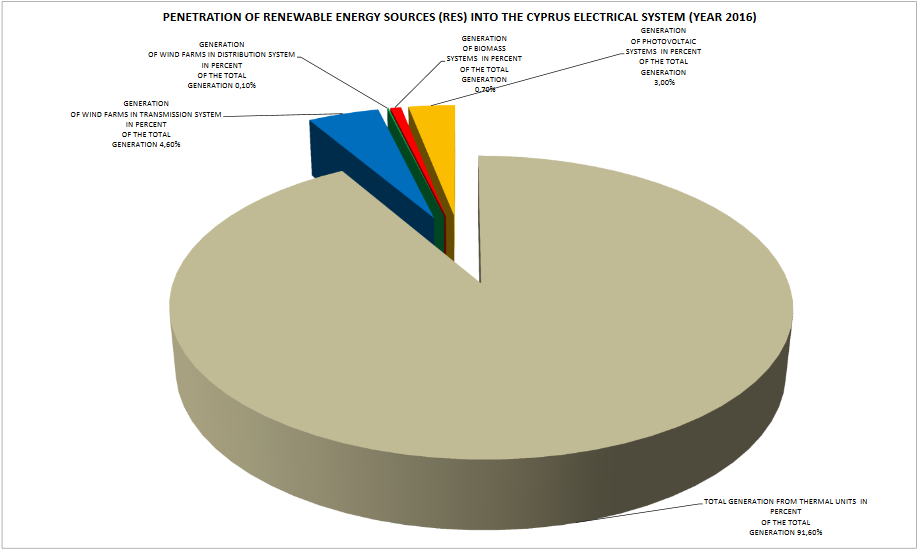Page 1 of 1
Cyprus heat wave sends power plants into overdrive
Posted: Mon Jul 03, 2017 11:55 am
by Paphos Life
The Electricity Authority of Cyprus (EAC) expects Monday to break all electricity production records in the last seven years as air condition units across the island are pushed to their limits....
Read the article and chat about it below...
Re: Cyprus heat wave sends power plants into overdrive
Posted: Mon Jul 03, 2017 1:17 pm
by trevnhil
Compared to a few years back there are a lot of private dwelling producing electricity with the panels on the roof.
And even the electricity authority now have many acres of electricity producing panels
Re: Cyprus heat wave sends power plants into overdrive
Posted: Mon Jul 03, 2017 1:55 pm
by cyprusmax47
Big story with wrong figures as EAC's own website provides:
http://www.dsm.org.cy/nqcontent.cfm?a_n ... ing_load_1
The only interesting thing is the electricity production curve from wind farms which shows

nothing produced

Capacity > 300 MW !
Max
Re: Cyprus heat wave sends power plants into overdrive
Posted: Mon Jul 03, 2017 3:05 pm
by Devil
Whereas peak consumption on a very hot day may be interesting, it is much more interesting to see the figures over a whole year.

- 2017-07-03_143110.png (34.51 KiB) Viewed 1427 times
This shows the overall picture from last year in a single chart. So, wind provides us with a tiddly 4.7% of our juice and PV an even tiddlier 3.0%. In both these cases, the cost to us, the consumer, per kWh is in the order of 3 times the cost of thermal generation. What is really tragic is the biomass figure of 0.7%. This could have been about 10% of our electricity needs at the same overall cost as thermal units, had our wise men in the EAC and the government thought about waste-to-energy (WtE) systems a few years ago. There are currently over 1,000 WtE systems working world-wide and about 500 in Europe alone, generating very competitively both electricity and heat. And it does not rely on ephemeral phenomena like wind and sun; this works 24/7 with the added advantage of reducing landfill needs by almost 90%.